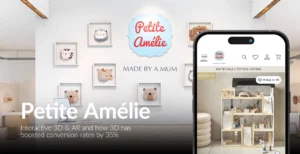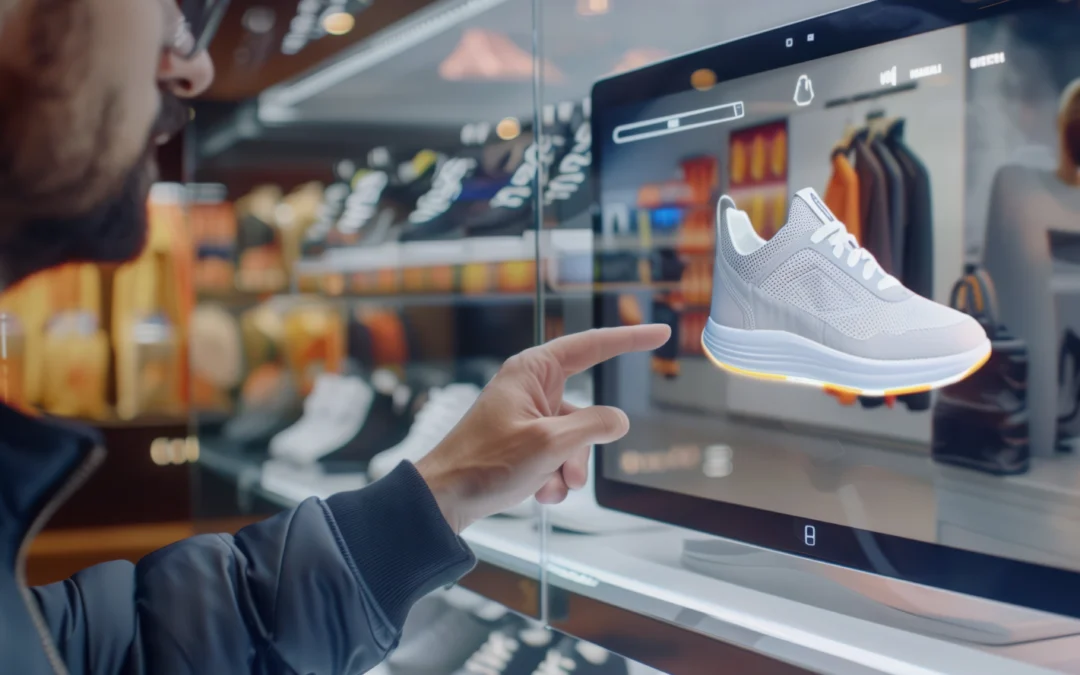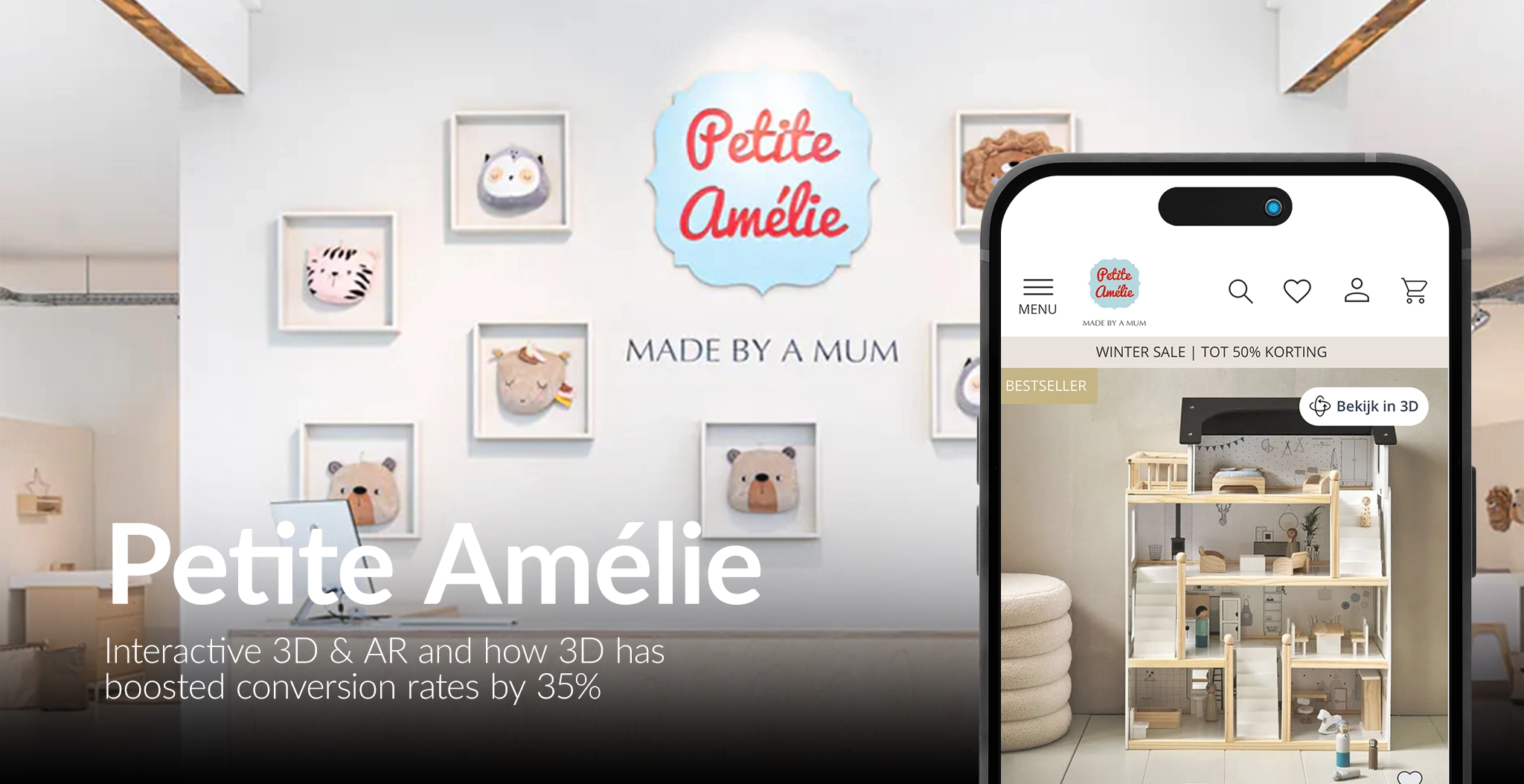As digital experiences evolve, the demand for more engaging and immersive visual content grows. Visual Content is no longer confined to static 2D visuals; instead, integrating 3D modeling and augmented reality (AR) pushes the boundaries of what is possible. From virtual try-ons in fashion to interactive product views in e-commerce, 3D and AR technologies transform how we interact with digital content. As these technologies become more mainstream, Visual Content professionals must adapt and master the tools that bring these dynamic experiences to life.
Shifting the focus from 2D to 3D editing
For decades, Visual Content revolved around refining two-dimensional images, focusing on lighting, color corrections, retouching, and enhancing details to create visually stunning results. However, with the advent of 3D and AR, the industry is shifting from simple touch-ups to fully immersive, multi-dimensional experiences.
In 3D editing, editors are no longer just concerned with a single perspective. Instead, they must think about how a product, object, or scene looks from all angles. This multidimensional approach demands new skills and software capabilities. For instance, editors must ensure that every surface, texture, and lighting aspect of a 3D model is polished and realistic, allowing consumers to interact with the product in virtual environments.
Example: Virtual Try-Ons in Fashion
A prime example of this shift is the fashion industry’s use of AR for virtual try-ons. With AR applications, users can “try on” clothing or accessories from their homes using a smartphone camera. This not only revolutionizes how people shop online but also elevates the role of image editors. Now, editors must work with 3D clothing models, ensuring the textures and draping look natural in various virtual scenarios. It’s a perfect marriage of advanced technology and creative editing, making shopping experiences more personalized and engaging than ever.

3D Modeling in e-commerce
The integration of 3D and AR into e-commerce is rapidly becoming a game-changer. Whether it’s a consumer trying out a pair of glasses or visualizing how a piece of furniture fits in their living room, AR enables customers to make more informed decisions by offering immersive previews of products in their intended environment. This gives brands a competitive edge, as consumers are far more likely to engage with interactive, 3D-enhanced content.
In this context, 3D Visual Content requires editors to ensure products are represented accurately in AR settings. It’s not just about editing an image; it’s about editing a 3D model that users can zoom in on, rotate, and interact with from any angle. The challenge here is creating realistic representations that remain visually appealing, regardless of how the object is manipulated.
Case study: Furniture retail
IKEA, one of the pioneers of AR technology in retail, launched its AR app to allow customers to visualize furniture in their spaces. This innovation meant that image editors had to shift their focus to creating high-quality 3D models, ensuring that every piece of furniture looked accurate and appealing under various lighting conditions and perspectives [5].
Following in the footsteps of the Swedish giant, an increasing number of furniture brands are embracing 3D and AR technology, transforming it from a technological gadget into a valuable tool for engagement. Dutch-based company Petite Amelie, for instance, launched 3D and AR experiences last year and has already seen impressive results, with a steady boost of up to 35% in ‘add-to-cart’ conversion rates.
Discover the full story here.
The Role of AI in 3D and AR editing
AI is also crucial in simplifying 3D and AR editing workflows. With AI-assisted tools, editors can automate complex tasks such as rendering, object tracking, and texture mapping. These AI algorithms learn from human input and can predict the next steps in editing processes, saving editors hours of manual work. As a result, the editing process becomes more efficient and scalable, allowing editors to focus on fine-tuning and creative aspects of the project.
Example: AI-Driven AR enhancements
For example, AI can automatically adjust textures and lighting for 3D models in AR environments, ensuring they look realistic no matter how the user views or manipulates the model. AI tools are becoming an essential component of the 3D and AR Visual Content toolkit, enabling editors to produce high-quality content in a fraction of the previously required time [6].
The Future of 3D and AR in Visual Content
Integrating 3D and AR in Visual Content will only grow more robust. We are on the cusp of fully immersive experiences where users can interact with digital content in new ways. Beyond e-commerce and fashion, industries like architecture, gaming, and healthcare also leverage these technologies to create more interactive, detailed visualizations.
For image editors, this means mastering both 2D and 3D skills and staying current with the latest AI-driven tools that streamline workflows. As brands continue to embrace these technologies, editors will play a key role in crafting the visual elements that define the next generation of digital content.
Conclusion
The future of Visual Content lies in the seamless integration of 3D and AR technologies. As consumers demand more engaging and interactive experiences, editors are tasked with creating dynamic, immersive visuals that transcend the limitations of traditional 2D images. Whether it’s virtual try-ons, 3D product visualizations, or AR-enhanced environments, the role of image editors is expanding, and those who embrace these technologies will be at the forefront of this revolution.
Want to know more?
Want to learn how 3D and AR can benefit your brand? Schedule a quick call to discover how this can change your visual content production!

Tommy Hulsbosch
Head of 3D



